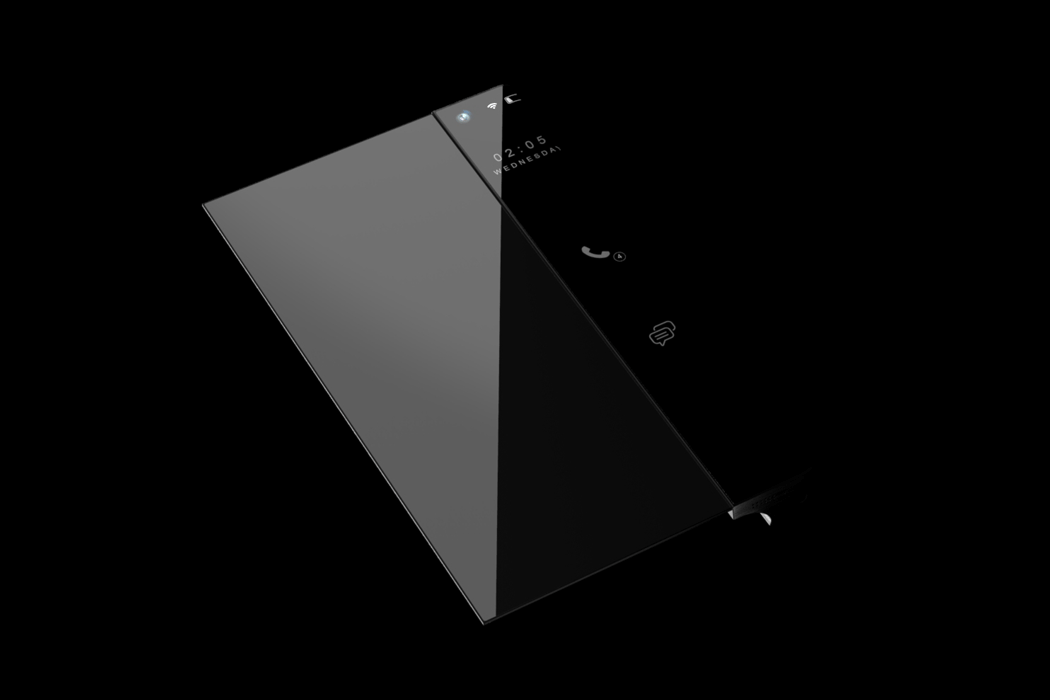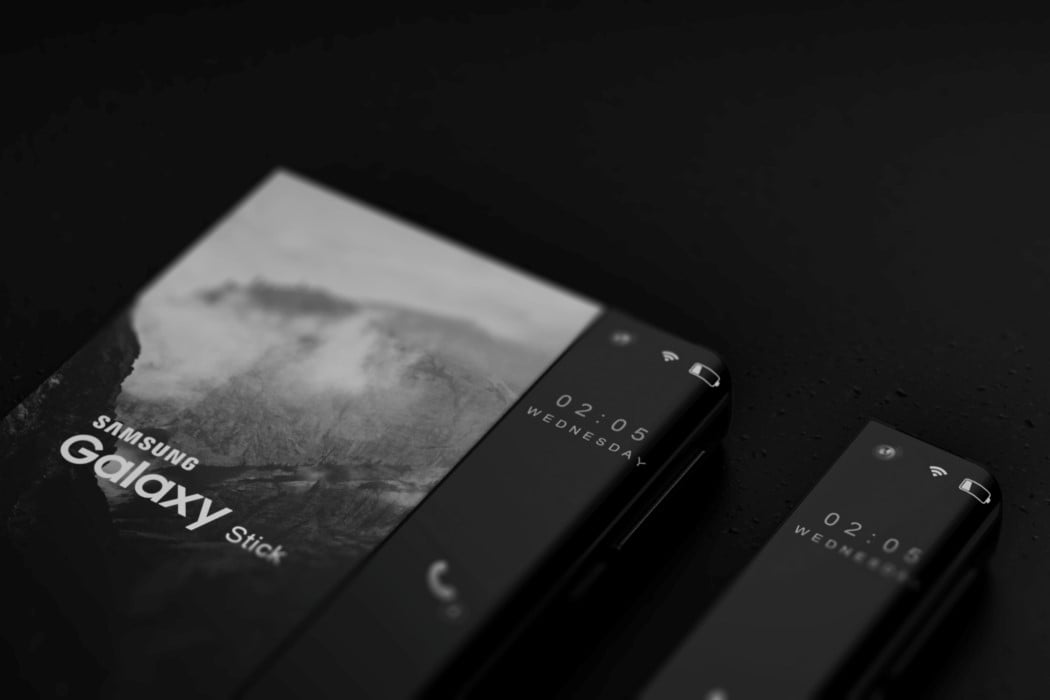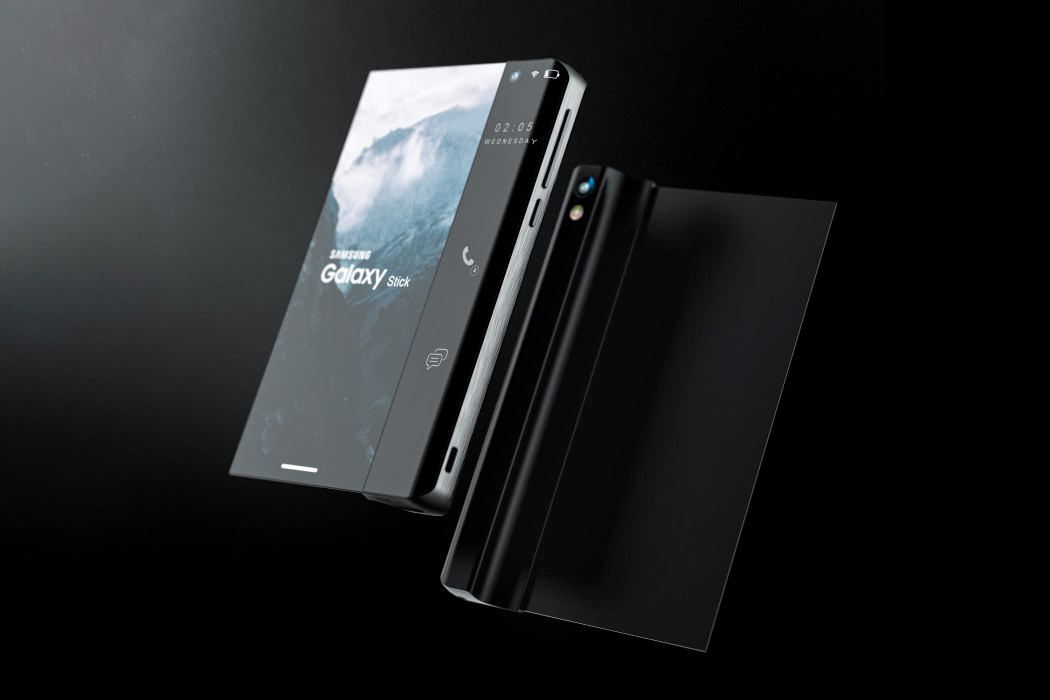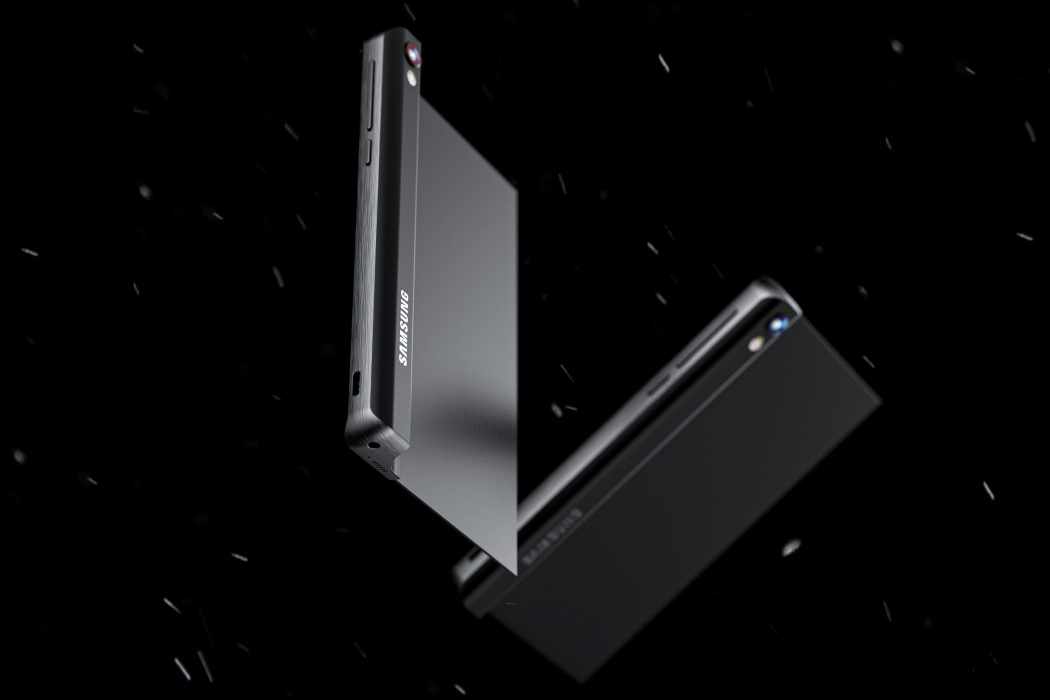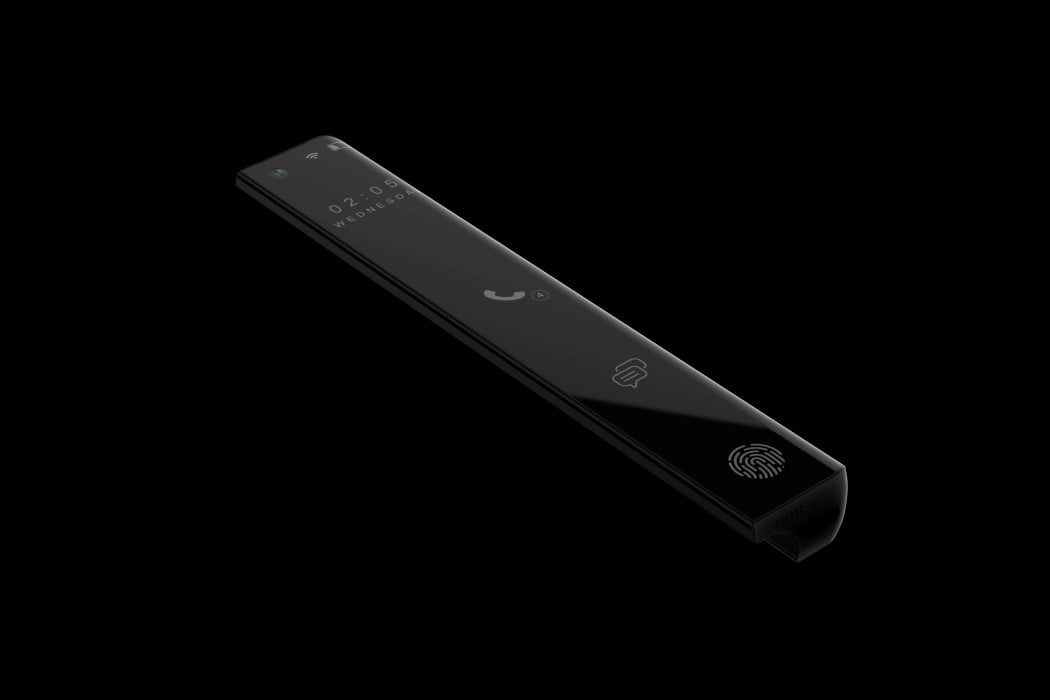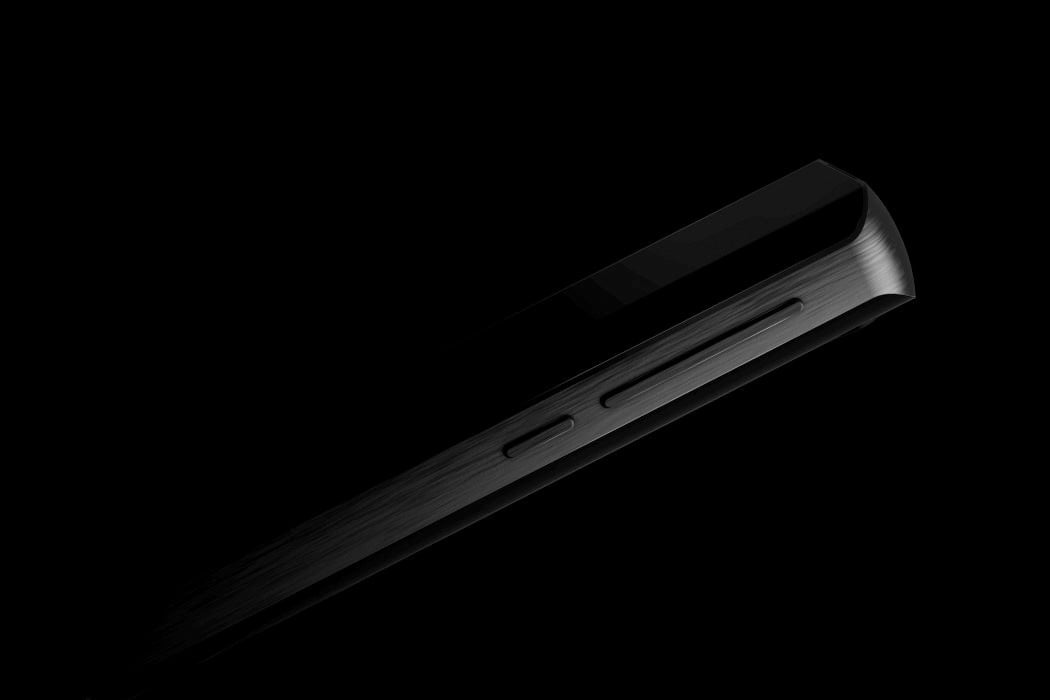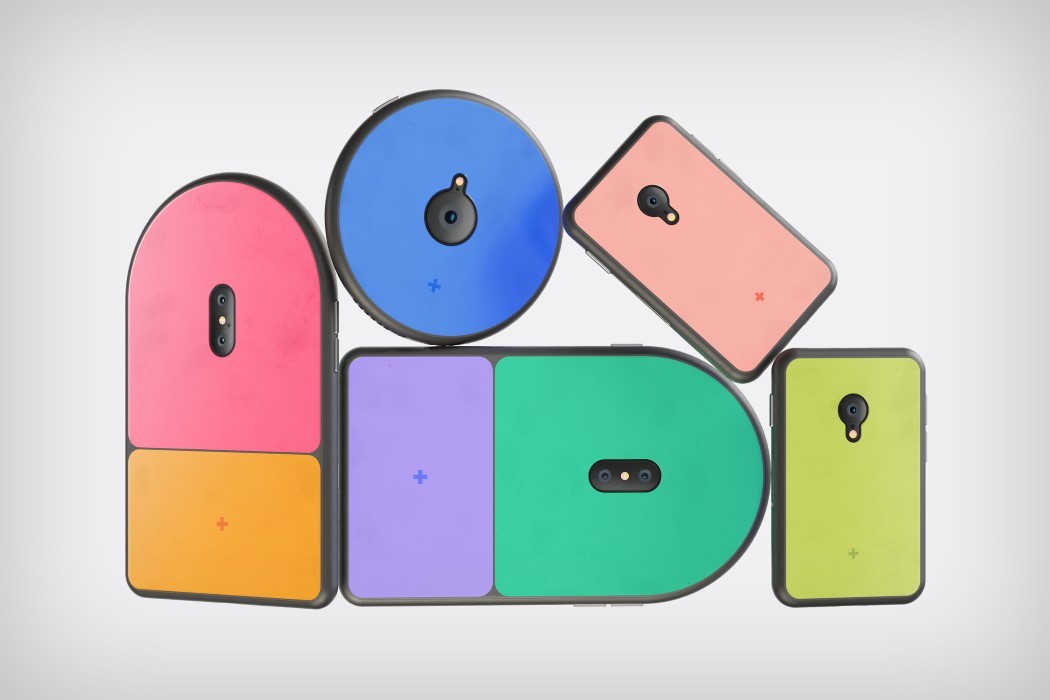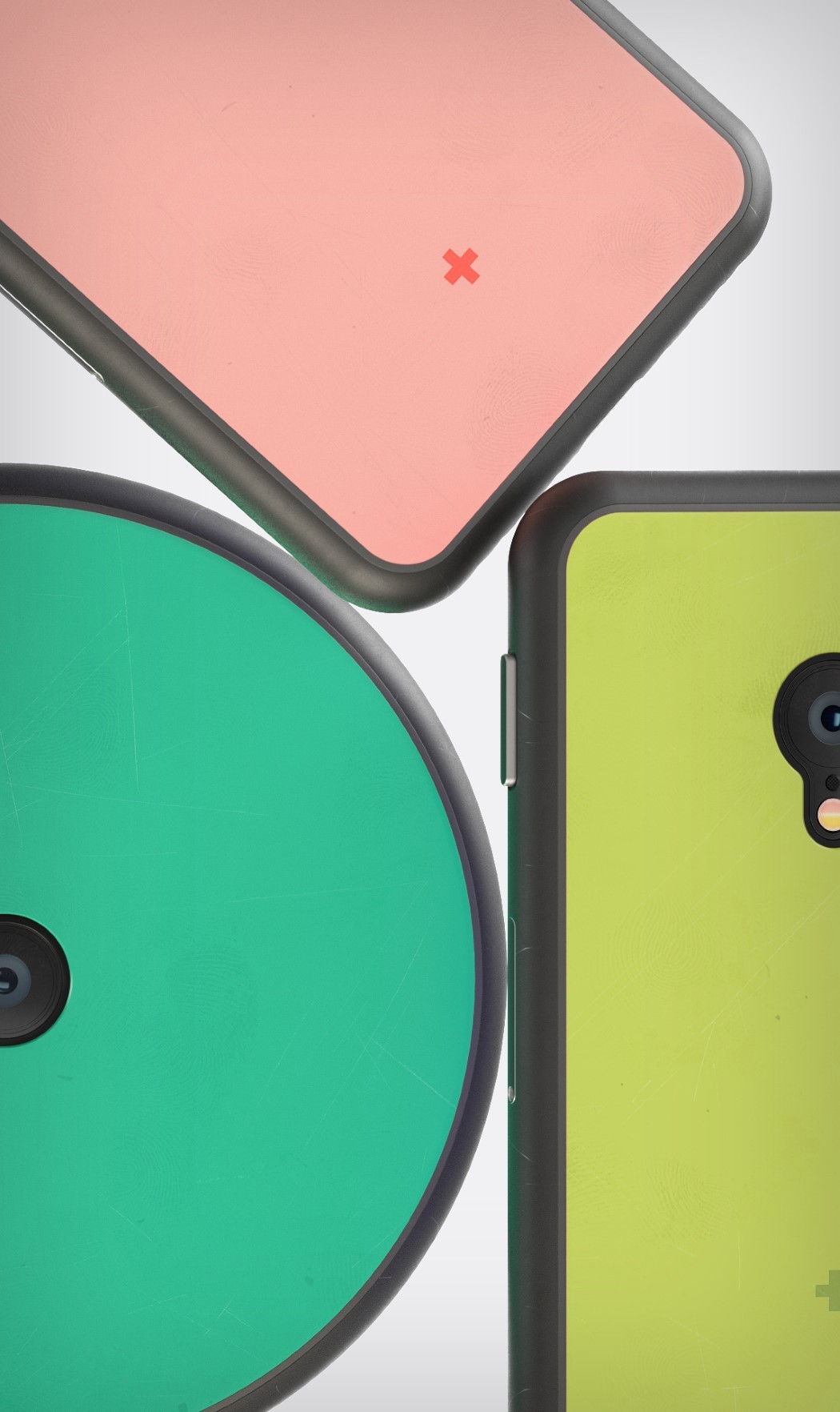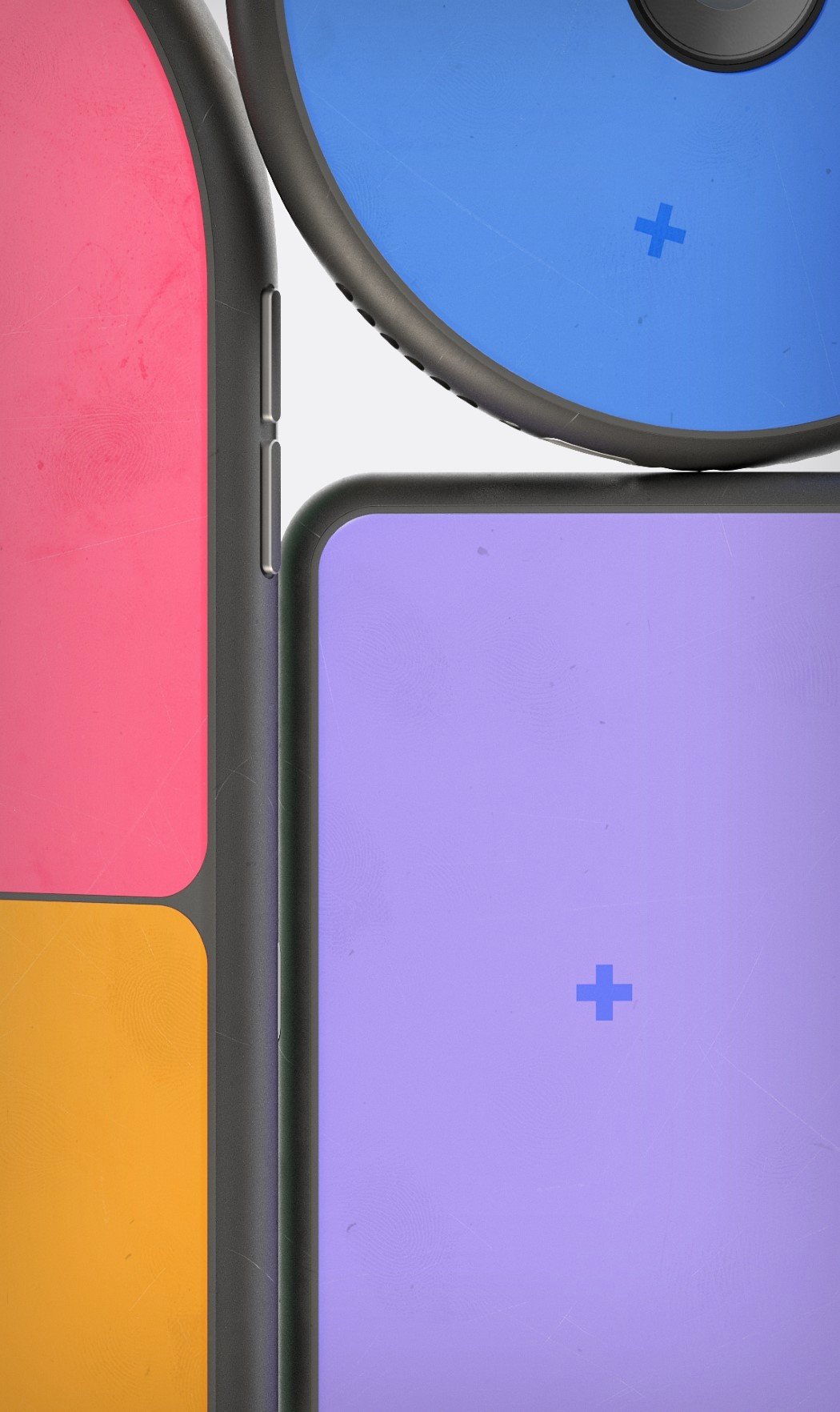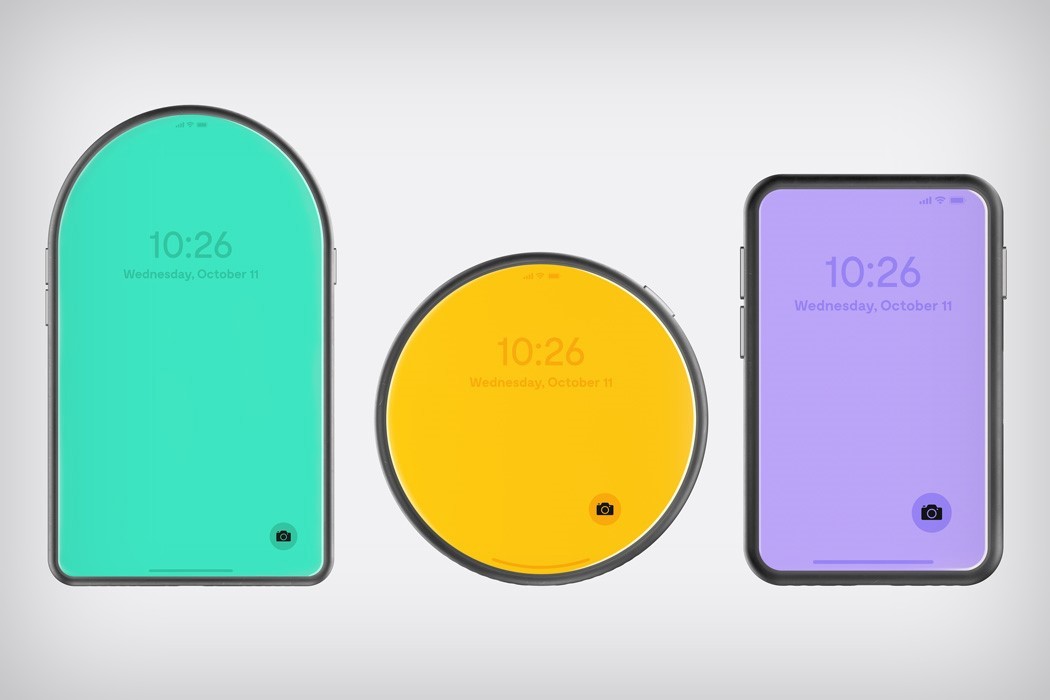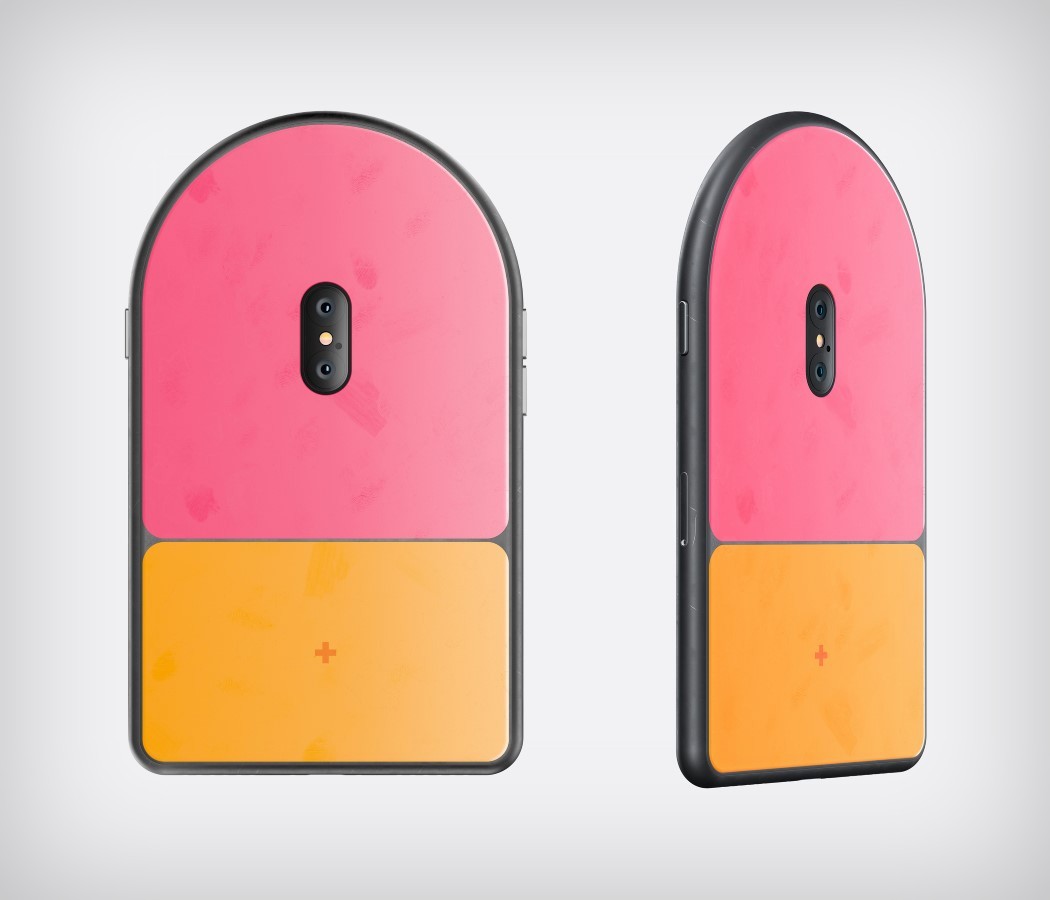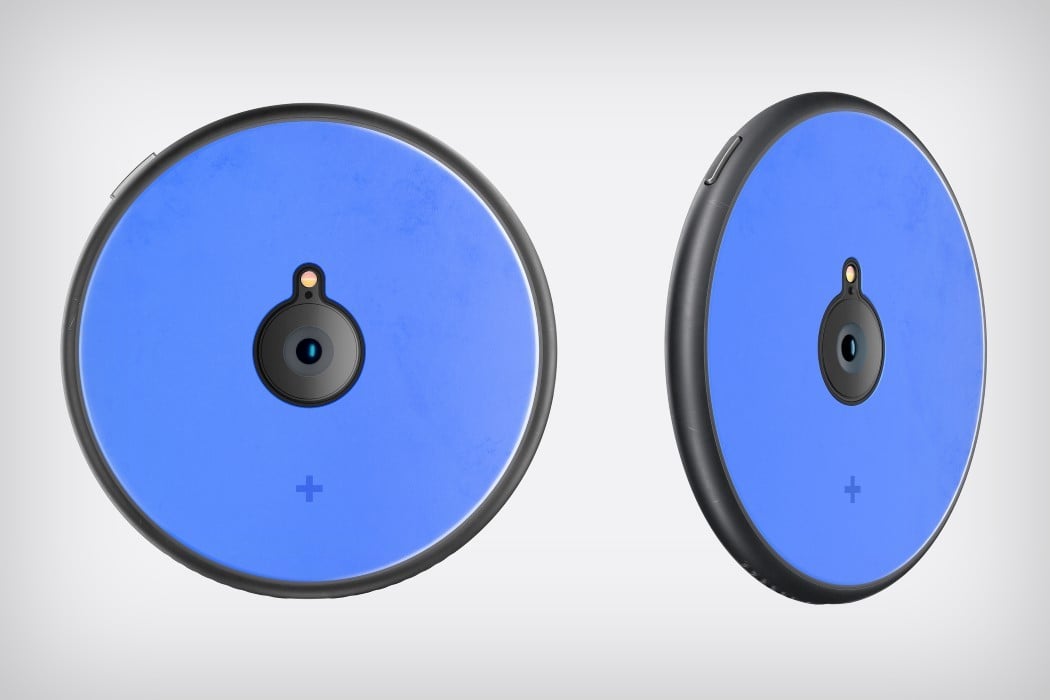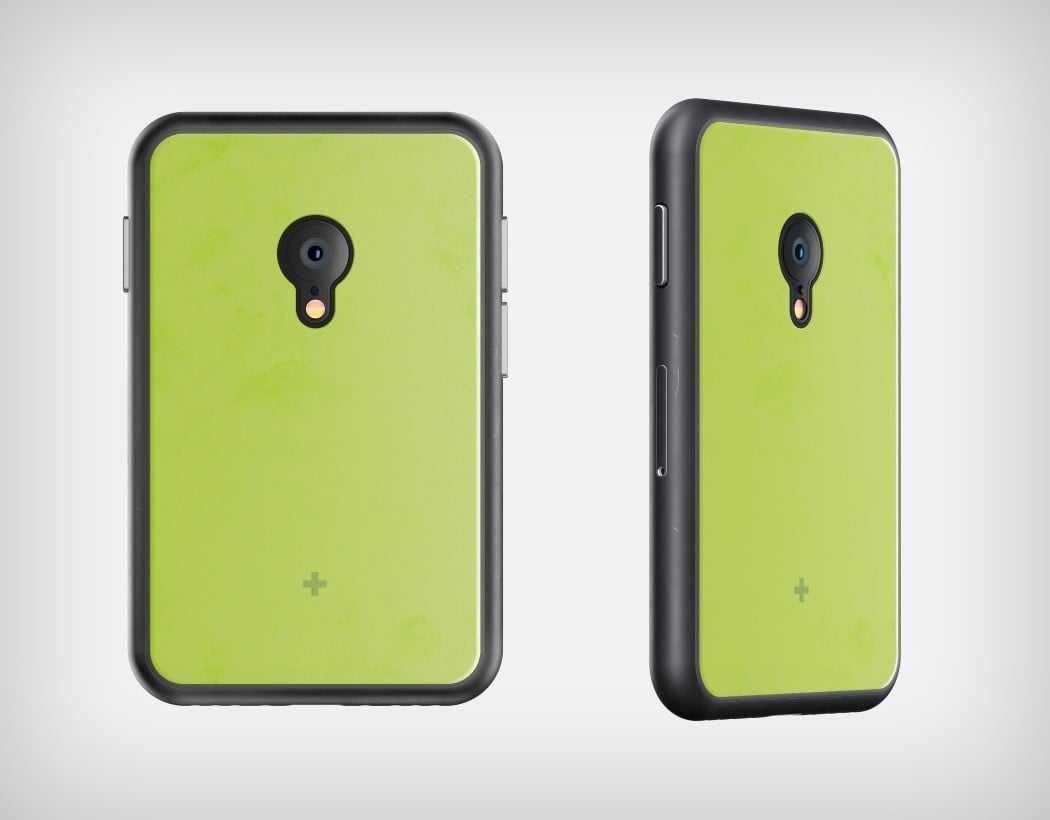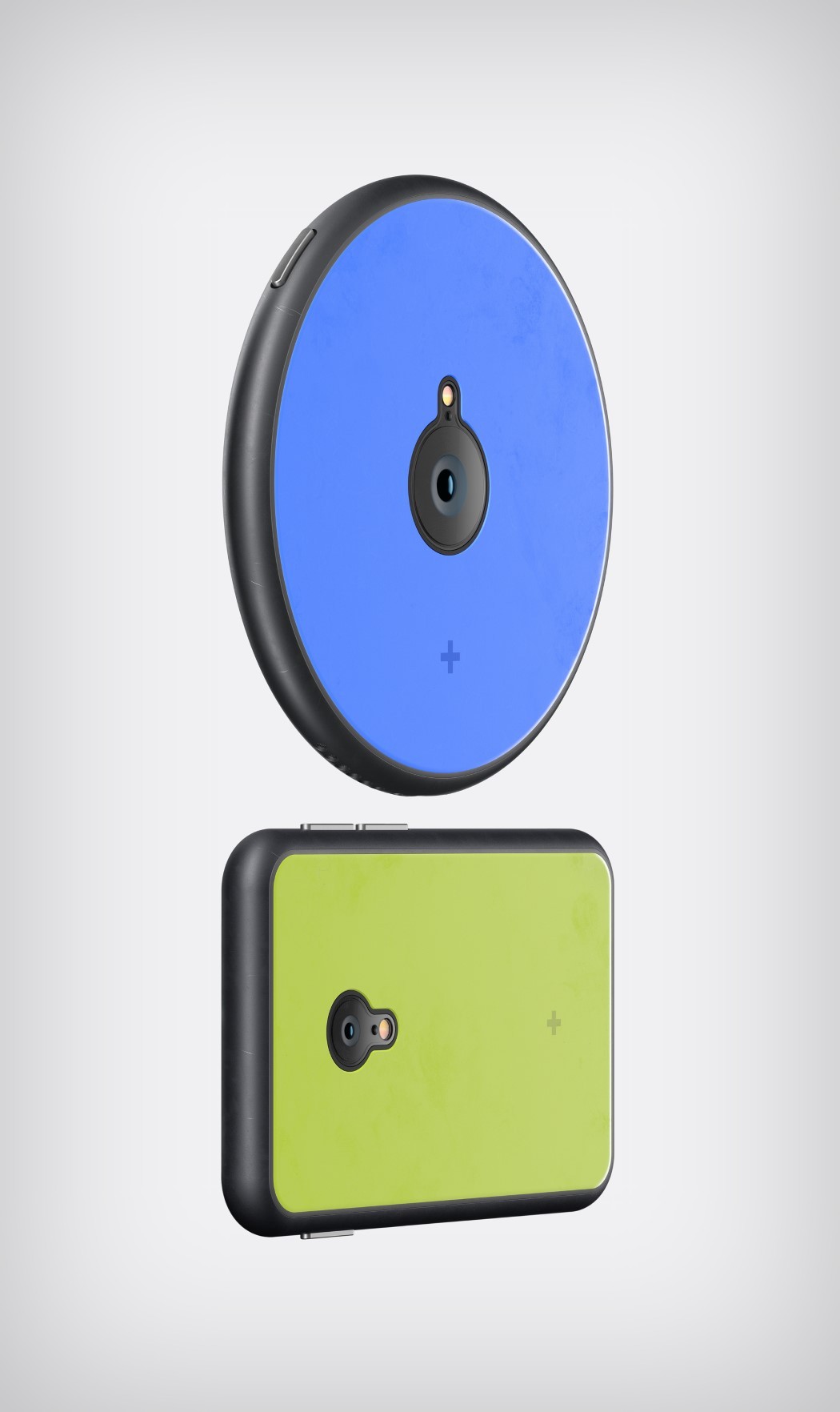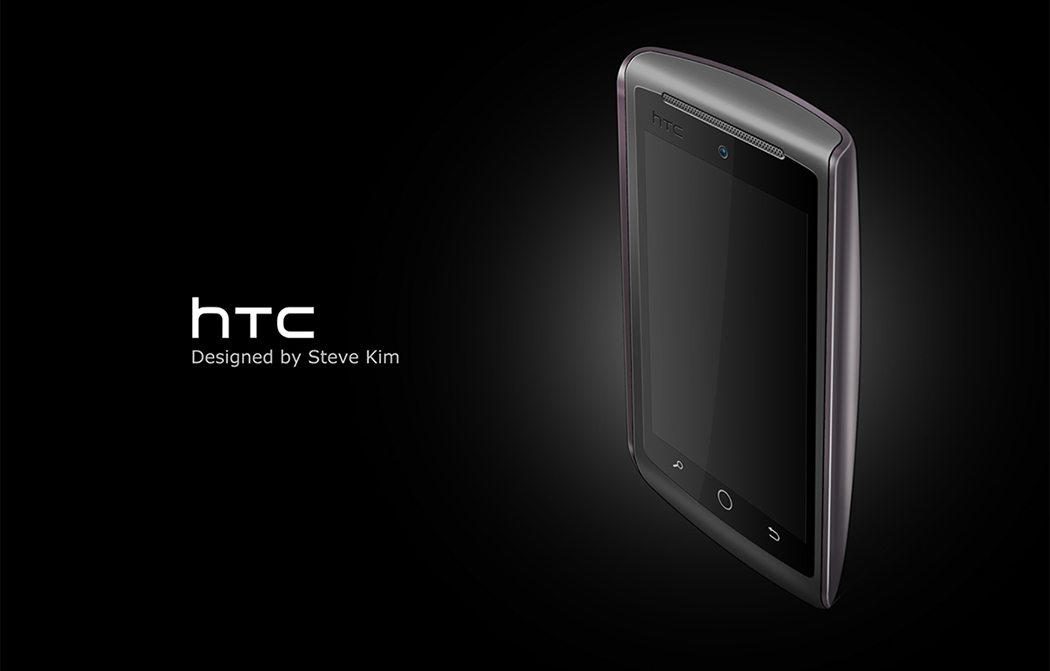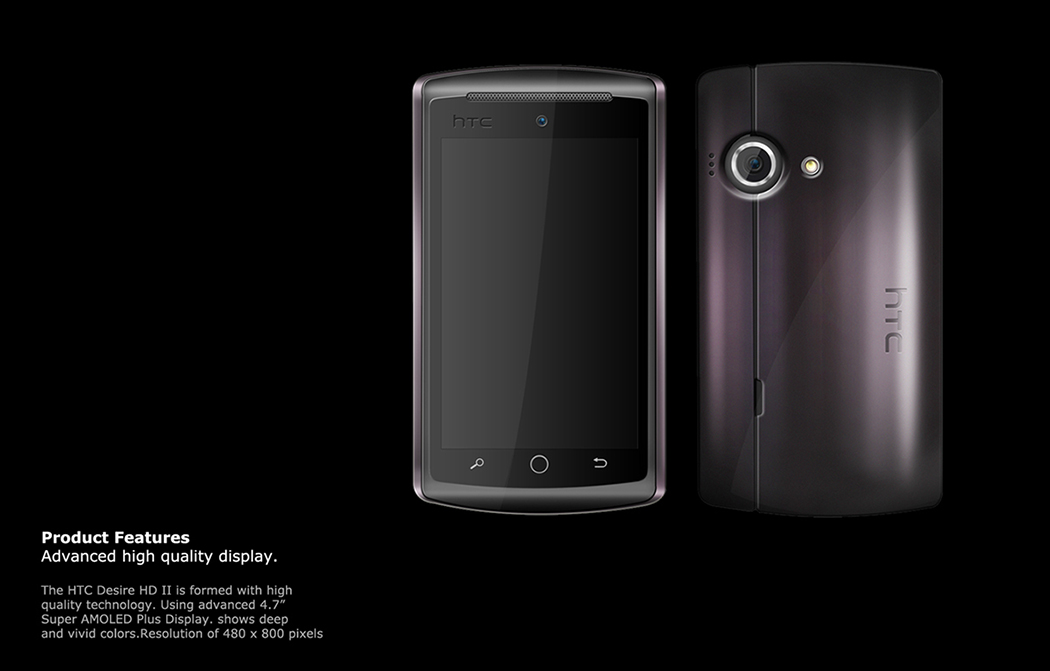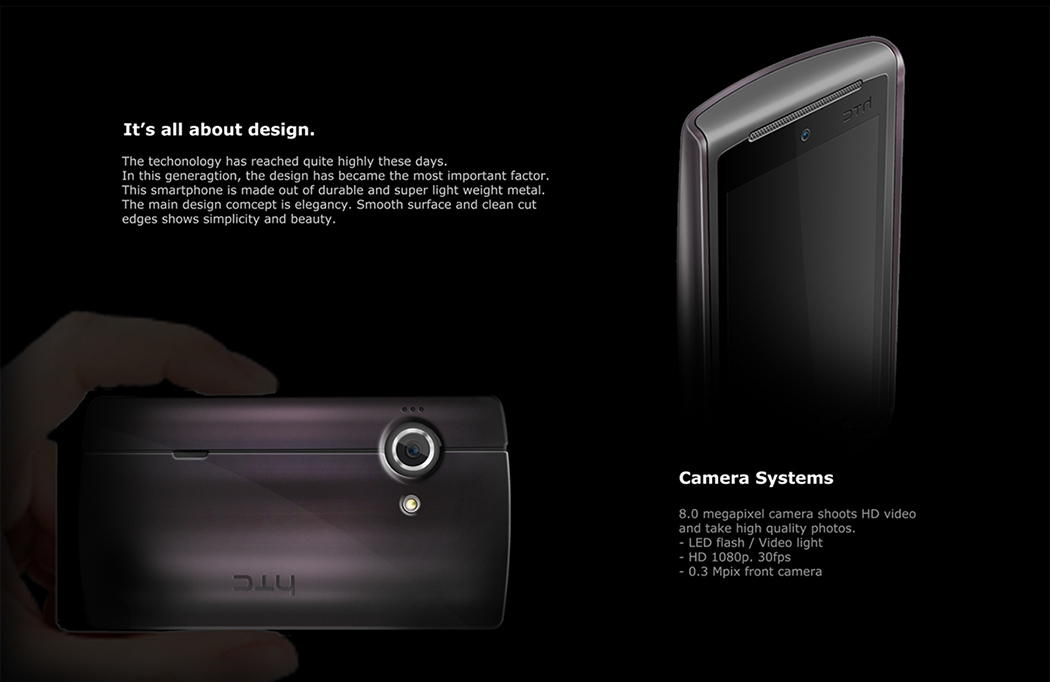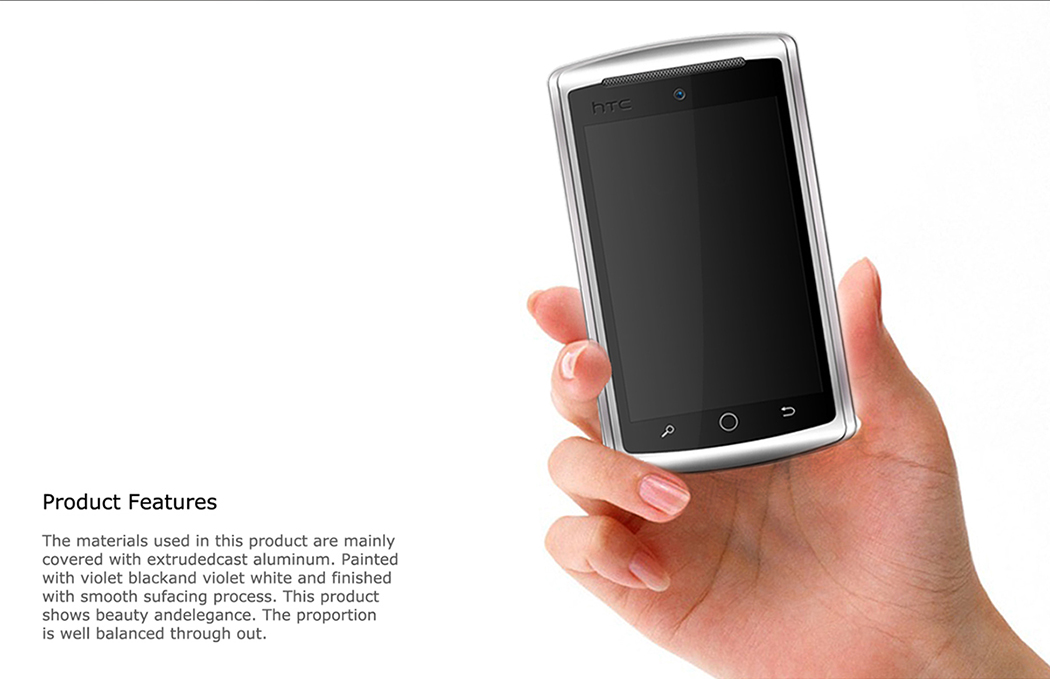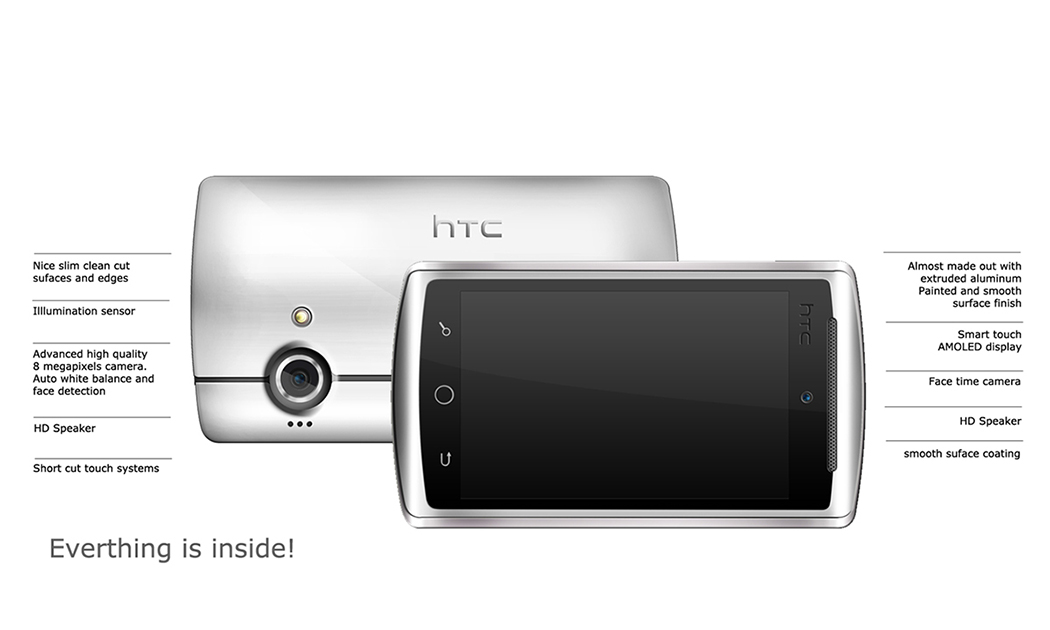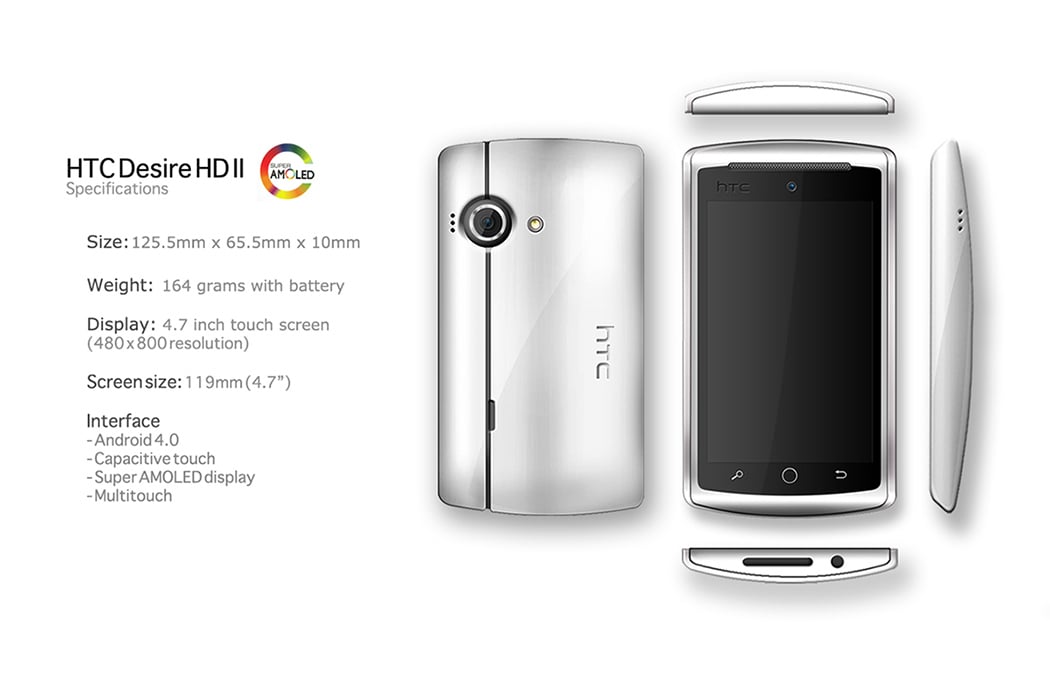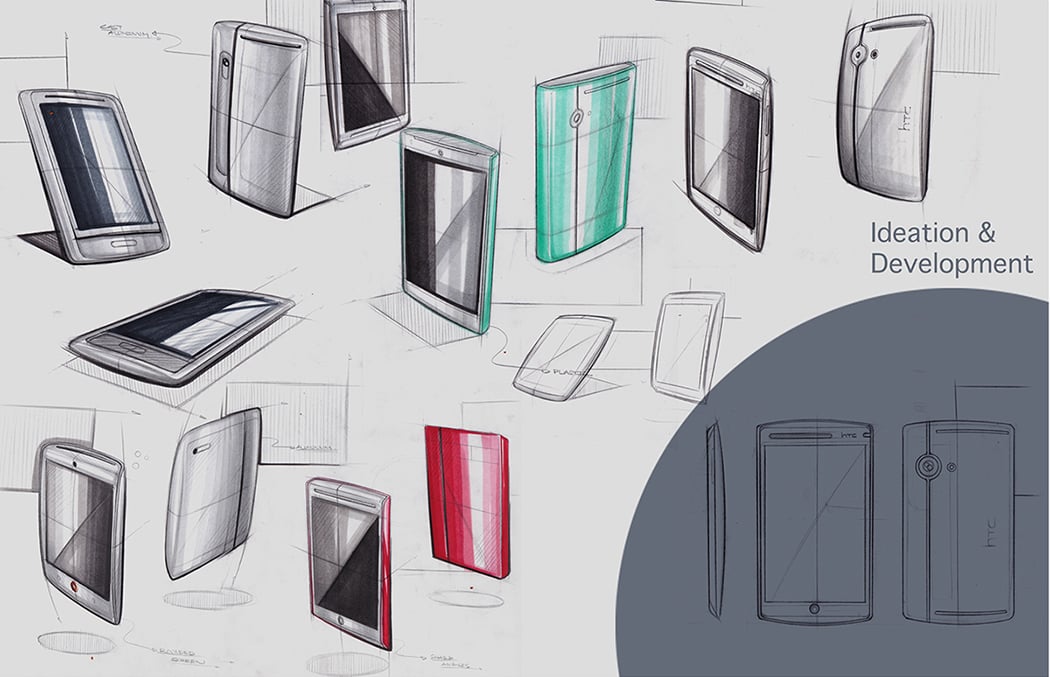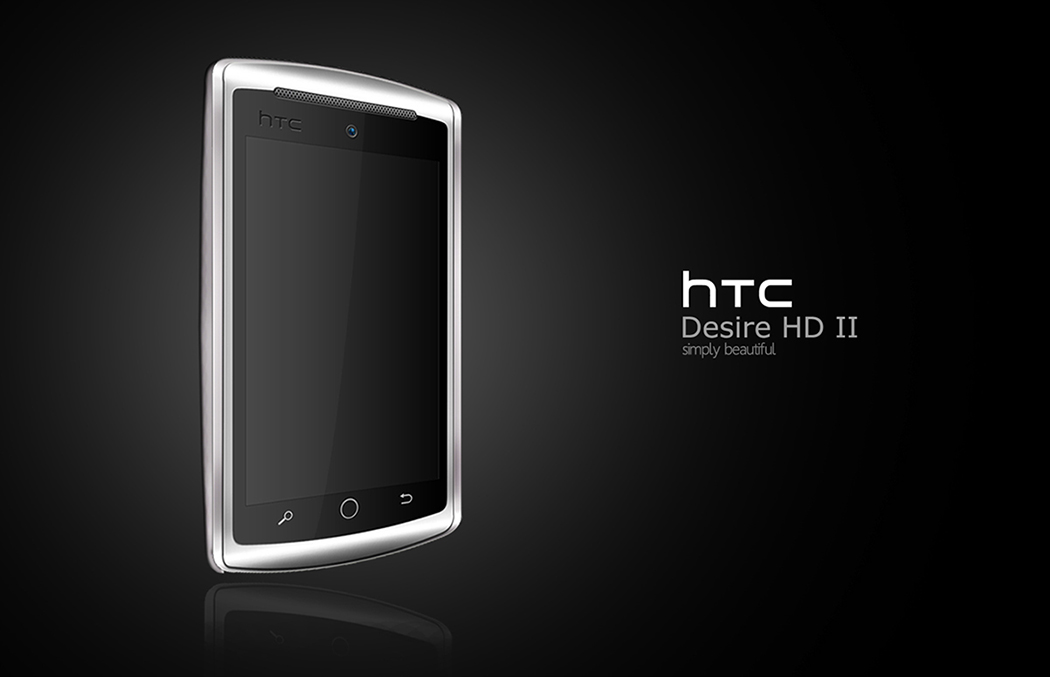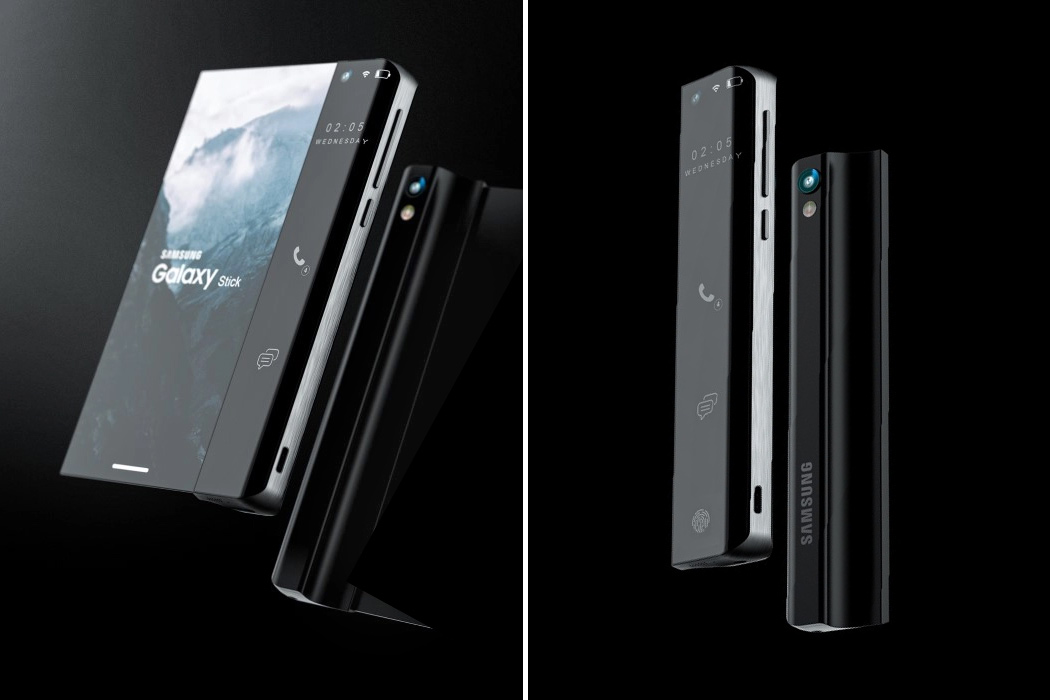
Now while this isn’t an official Samsung concept, I can’t help but really wish it was one! CES 2021 has been ruled by a myriad combination of rolling, flexible as well as transparent screens. And while that is for sure the future of technology, there is something exciting about the cubic folded form factor of this concept. Combining technologies that aren’t outside the realm of possibility, the Samsung Galaxy Stick makes perhaps the best use of a flexible display. It rolls it up into a smart, dynamic scroll, making the Samsung Galaxy Stick perhaps the most interesting smartphone concept of this season.
The scroll-esque screen is a hat-tip to Samsung’s advancements in flexible OLED displays, and when not in use, it rolls right up into the phone’s slim, hollow, wand-like body. When you need the display, it promptly comes rolling out, turning the wand into a usable smartphone, with a nifty flexible touchscreen that maintains rigidity when unfolded. The Galaxy Stick even packs a secondary slimmer display on its body, to be used for more functional elements like calls, messages, battery indicators, etc. The secondary touchscreen is permanent, showcasing notifications when the flexible screen is rolled in, and even houses an in-screen fingerprint sensor for unlocking your smartphone.
The only caveat of this piece of sheer innovative design is the fact that the Galaxy Stick packs only one primary camera on its back… a drawback that shouldn’t really be a problem, considering the Galaxy Stick sets out to solve more pressing problems, like creating a flexible-display smartphone that doesn’t crease, and that isn’t a massive brick. The rolling display format could make a pretty unique proof-of-concept. Obviously, this makes the phone incredibly vulnerable, given that the screen needs to be mounted on a delicate mechanism that helps it roll and unroll (not to mention the fact that three out of four sides of the Galaxy Stick, when opened, are an exposed OLED display with no protection). The second-most pressing problem is obviously that a smaller, more compact phone invariably means a smaller battery too, which in the case of the Galaxy Stick, isn’t enough. While phones are getting more and more powerful, batteries aren’t getting better, they’re just getting bigger… Until someone invents a more efficient and compact battery, the Galaxy Stick may remain just a concept, but don’t lose hope! Today’s concept is tomorrow’s proof-of-concept!
Designer: Pranab P Kumar
